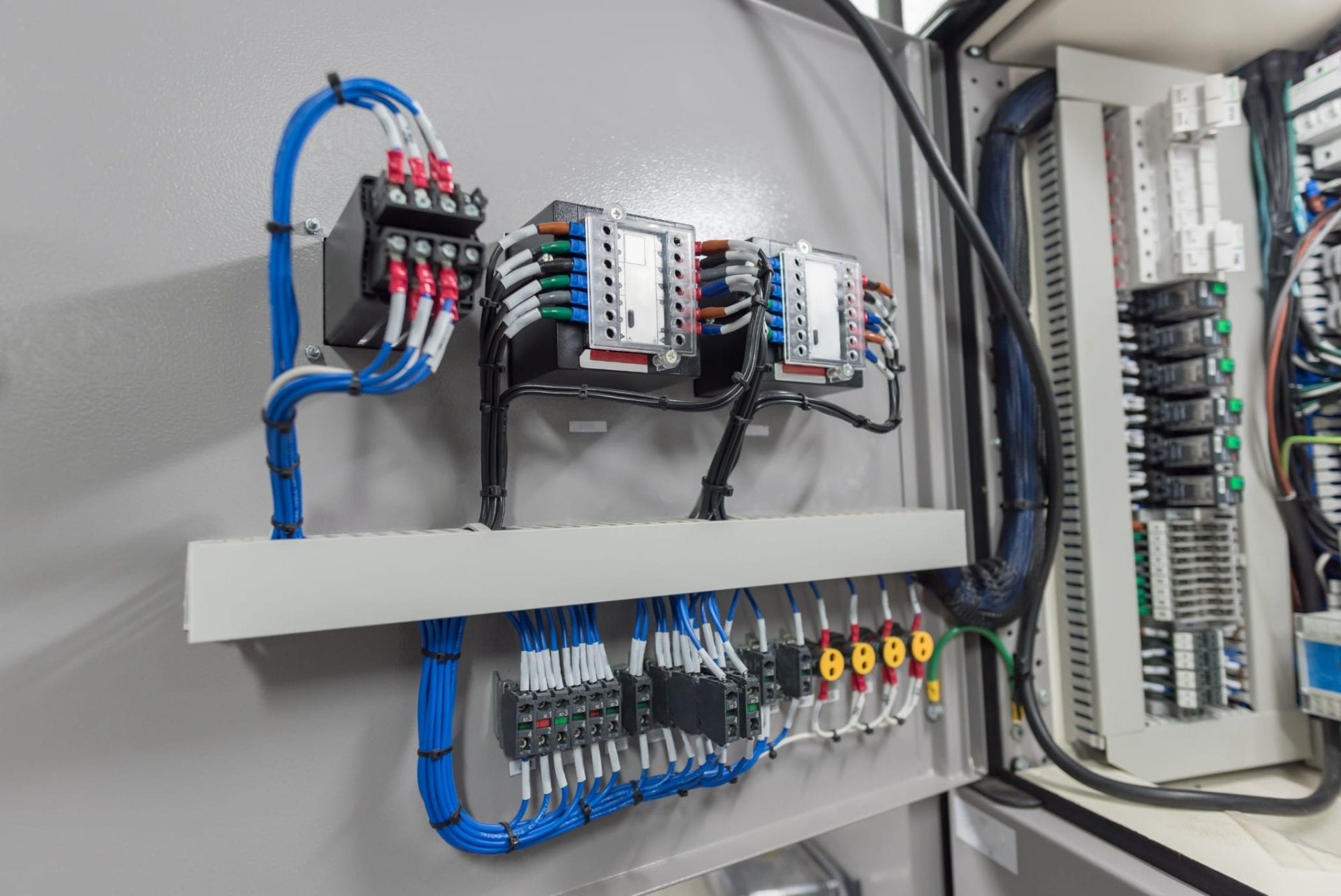A Novice's Guide to Electrical Wiring: A Comprehensive Overview

Electrical wiring is an essential part of any home, and understanding it is important for every homeowner. Not only is it helpful to ensure the efficient operation of your home, but it is also essential to ensure your safety. In this post, we’ll go over the fundamentals of electrical wiring, the importance of safety, and the benefits having an accredited residential electrician for all electrical wiring needs.
Understanding Electrical Wiring Basics
The electrical wiring refers to the set of electrical conductors that run throughout your home, providing electrical power to your appliances or devices as well as lighting fixtures. It works by forming electrical circuits which connect the electrical power source with your gadgets. Electrical circuits are made up of wires, switches, and other electrical components that work together to create a safe and functional electrical system. There are various kinds of electrical wiring, including aluminum, copper, and wire insulation types like PVC paper, rubber, or.
Preparation and Planning for Electrical Wiring
Before installing new electrical wiring, there are a variety of things to think about, including the kind of wiring that you need, the capacity of your electrical system, and your power needs. It is also important to be aware of the electrical rules and regulations for wiring as well as the permits required in your region. To be prepared the electrical wires, you must create an electrical plan, and then assess your electrical requirements. This will to ensure your wiring system is safe, efficient, and meets your power needs.
Materials and tools required for electrical wiring
When installing new electrical wiring it is crucial to have the proper materials and tools on hand. The most important tools are wire cutters, strippers, pliers, and the voltage tester. Other materials needed to conduct electrical wiring are electrical tape, wire nuts conduit as well as electrical box. It’s also beneficial to have a wiring diagram that will guide you through the process of installing.
Step-by-Step Guide for Electric Wiring Installation
The installation of electrical wiring is an intimidating process, but with the right tools and knowledge, it can be done quickly and safely. Here is a step-by-step guide for installing new electrical wiring at home:
Switch off the power in the area where you will be working.
Design the wiring layout and mark the location where the wiring will be positioned.
Install electrical boxes and conduit where necessary.
Cut and strip the wires until the appropriate length.
Wires should be connected to fixtures or devices you are wiring.
Make sure the wires are secured with wiring nuts, electrical tape, and conduit straps.
Test the wiring to ensure that it’s functioning correctly.
When installing the wiring it is essential to follow the best wiring installation practices and tips. Also, be conscious of common mistakes you need to avoid when installing electrical wiring, for example, overloading circuits, using damaged wires as well as using the wrong kind of wire for the job.
Troubleshooting Electrical Wiring Problems
Even with careful design in the installation and design, wiring issues may develop. The most frequent issues are wiring damages, circuit overloads as well as electrical shorts. To resolve these issues, it is important to be aware of common electrical wiring issues and be aware of how to effectively and safely solve the issue. In addition, it is essential to follow electrical safety procedures when troubleshooting electrical wiring issues, such as turning off the power source and wearing safety gear.
Conclusion
In conclusion, understanding the electrical wiring inside your home is crucial for your safety and for the proper operation of your electrical system. It is crucial to engage an accredited electrician to ensure that your wiring is set up and maintained properly. We at Local Electrician Cranbourne, we provide various electrical services that include wiring installation and repair. Contact Local Electrician Cranbourne at 1300 933 820 for all your electrical wiring needs.
Electrical Wiring FAQ
Here are some frequently asked questions regarding electrical wiring. They also include extra safety advice and best practices for electrical wiring installation and repair:
What type of wire should I choose to wire my electrical circuit?
The type of wire you choose to use for electrical wiring is contingent on the specific requirements of your home and the local building code. It is essential to choose the appropriate gauge of wire, insulation type, and wire materials to ensure the safety and efficiency of your electrical system.
Do I have the ability to put in an electrical wire of my own?
Although it is possible to create an electrical wire yourself it’s essential to have the proper expertise and experience to do so effectively and safely. In the majority of cases it is advised to engage an authorized electrician to ensure that the wiring is installed and maintained in a safe and secure manner.
How often do I need to have my electrical wiring inspected?
It is recommended to have your electrical wiring inspected every 10 years or whenever you notice signs of electrical problems for example, frequent circuit breaker trips or electrical shocks.
What should I do if I notice electrical wiring problems in my house?
If you spot any electrical wiring issues within your home, like flickering lights or outlets that don’t work, it is important to take action immediately. Switch off the power source to the area affected and then contact an authorized electrician to determine and fix the issue.
By following these tips and the best practices, you can ensure the electrical wires are secure and functioning in a safe manner. Remember to prioritize safety and consult with a licensed electrician when needed. Reach out to Local Electrician Cranbourne at 1300 933 820 for all your electrical wiring requirements.
